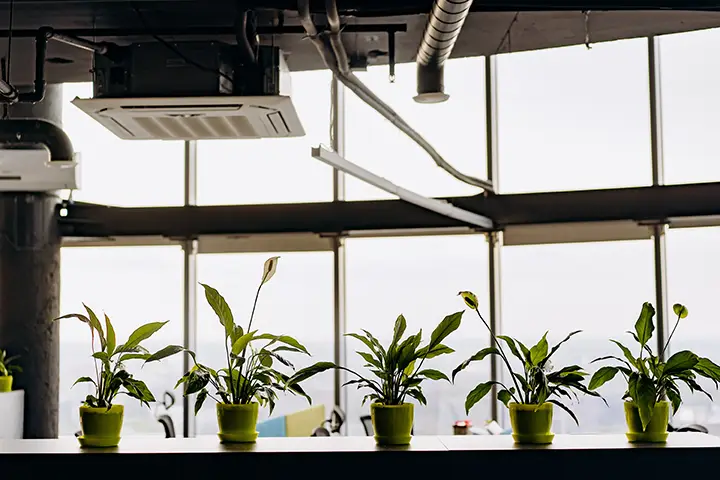As air pollution continues to increase, air purifiers have become a popular solution for many people. An air purifier is an electronic device that uses filters to capture and trap airborne particles, such as dust, pollen, mold spores, smoke and other pollutants. Air purifiers are designed to improve indoor air quality by removing these particles from the air.
The first step in understanding how an air purifier works is to understand what kinds of particles it removes from the air. Air purifiers use several different types of filters to capture and trap particles from the air. The most common type of filter used in an air purifier is a HEPA filter. This type of filter utilizes a mechanical process that forces incoming airborne particles like dust and pollen through tiny holes in the filter material, trapping them on the other side. Other types of filters that may be used include activated carbon filters, which absorb odors and gases; ultraviolet light filters which neutralize bacteria; electrostatic precipitators which remove small particles using electrical charges; or ozone generators which release ozone molecules into the air to attack pollutants at their source.
The next step in understanding how an air purifier works is learning how these various filters work together to provide clean indoor air quality. As polluted outdoor or indoorair passes through the unit’s fan intake system it enters into pre-filters where large particulates are trapped before reaching deeper layers of filtration within the unit such as HEPA or activated carbon filtration systems depending on your needs or preferences for your environment.. Once all particle matter has been successfully filtered out then a final stage occurs where contaminants are eliminated by either UV lightor ozone generation technology depending on your needs or preferences for your environment..
Finally understanding how often you should replace your units filters will allow you keep your device running at optimal performance levels over time as well as ensuring you receive clean breathing quality throughout its lifetime . Most manufacturers recommend changing out each type of filter every three months however this number can vary based on usage frequency ,indoor/outdoor pollutant levels ,and overall exposure times . For those with severe allergies its recommended that filters be changed more frequently , typically once per month . Additionally if you notice decreased airflow coming from your unit then it’s likely time for new replacement parts regardless if its been three months since last replacement date .
Overall, air purifiers are a great way to help maintain healthy living conditions within any homeor workplace while also promoting better overall wellbeing among its inhabitants . Understandinghow they work will ensure optimal performance over time while also allowing users to easily maintain their devices throughout its lifetime
